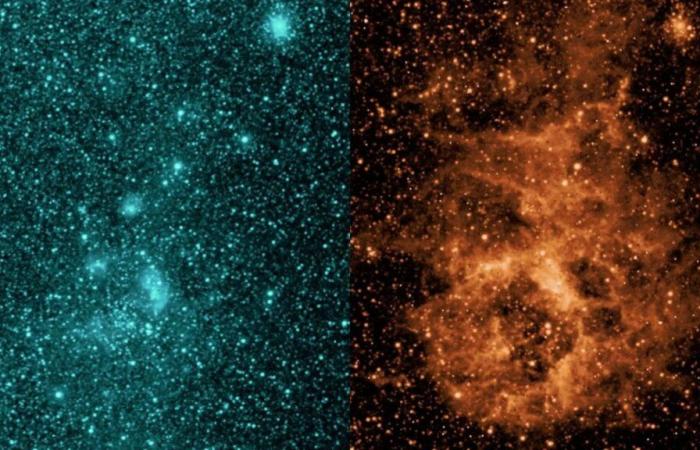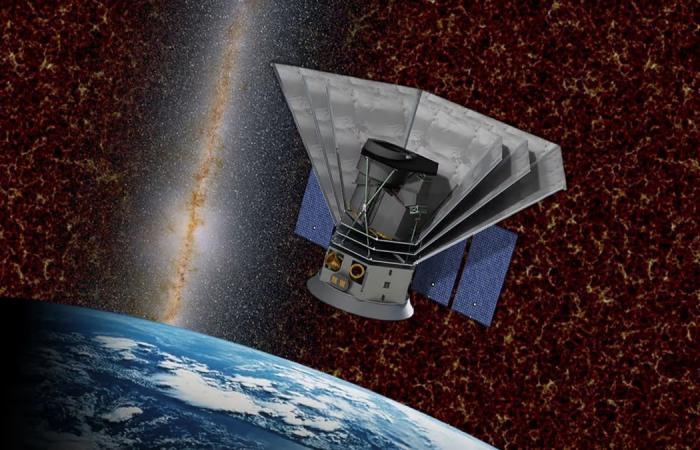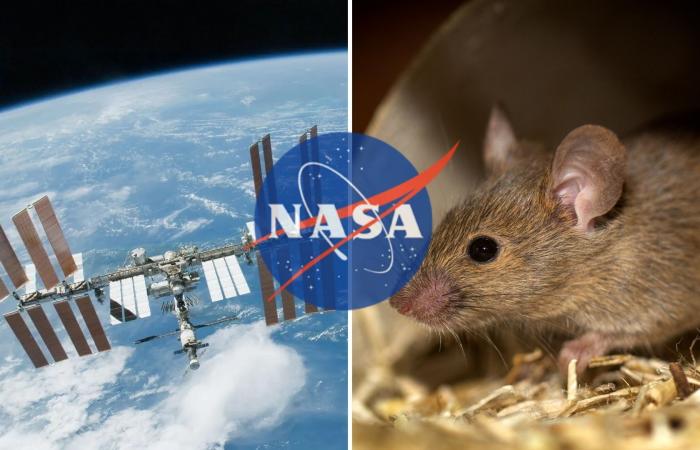NASA launched, in mid -March of this year, the telescopio SPHEREx to create a 3D map of the cosmic space and explore the origins of the universe. Said space instrument was designed to obtain images of the sky, with the objective of Create a 3D map with more than 450 million galaxies and more than 100 million stars on the Milky Way. In addition, as a result, it promises to be the most colorful in history because it separates the infrared light from the stars and galaxies in 102 individual colors through the spectroscopy technique.
To mark the beginning of this ambitious mission, at the beginning of April, Spherex captured the first images in space and, recently, it has been announced that the last weeks has passed by making checks, calibrations and other activities for guarantee its correct operation.
Specifically, Spherex has initiated its regular scientific operations, which consist of Take about 3,600 daily images for the next two years to provide new knowledge about the origin of the universe, galaxies and the Milky Way. In addition, from its position in the terrestrial orbit, Spherex observes the dark, pointing in the opposite direction to the planet and the sun.
Thus the space maps the Spherex telescope
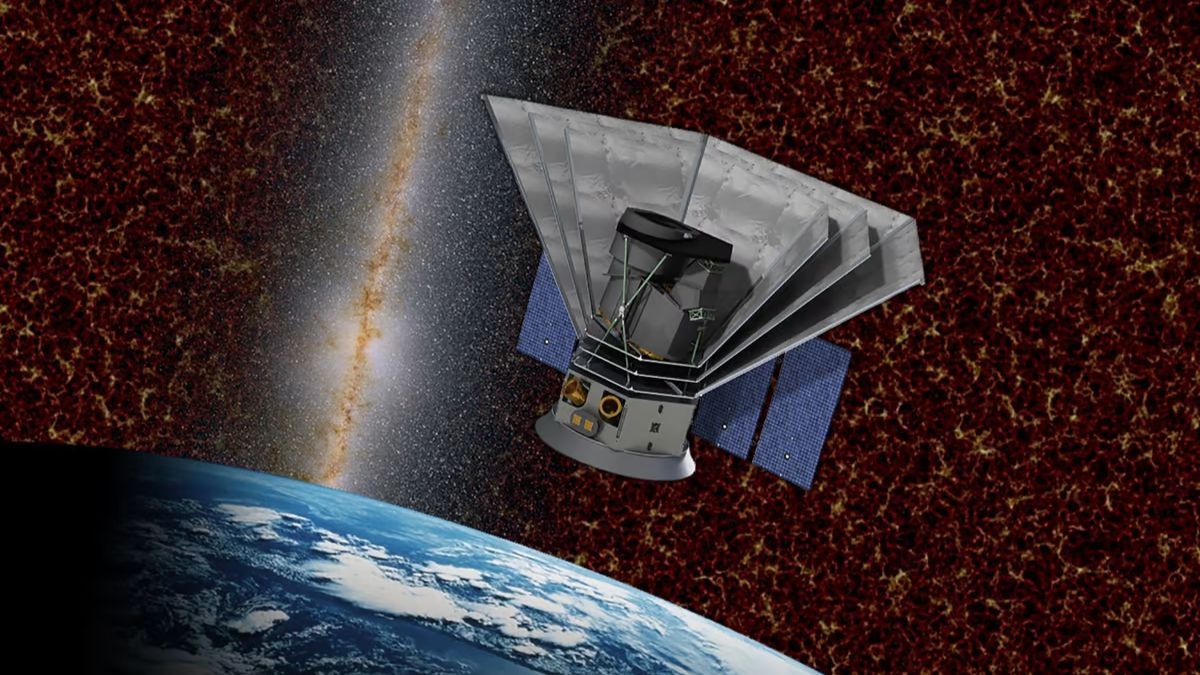
NASA explains in its official blog that the telescope “will complete more than 11,000 orbits throughout its 25 months of operations planned pollgiving about 14.5 daily laps to the earth. As the days pass and the planet revolves around the sun, Spherex’s field of vision also changes, so that, after six months, the observatory will have observed the space in all directions. “
-When Spherex takes a picture of the sky, the light is sent to six detectors for produce a unique image that captures different wavelengths of lightIn addition, at the end of an exhibition, the entire observatory changes position to control its orientation.
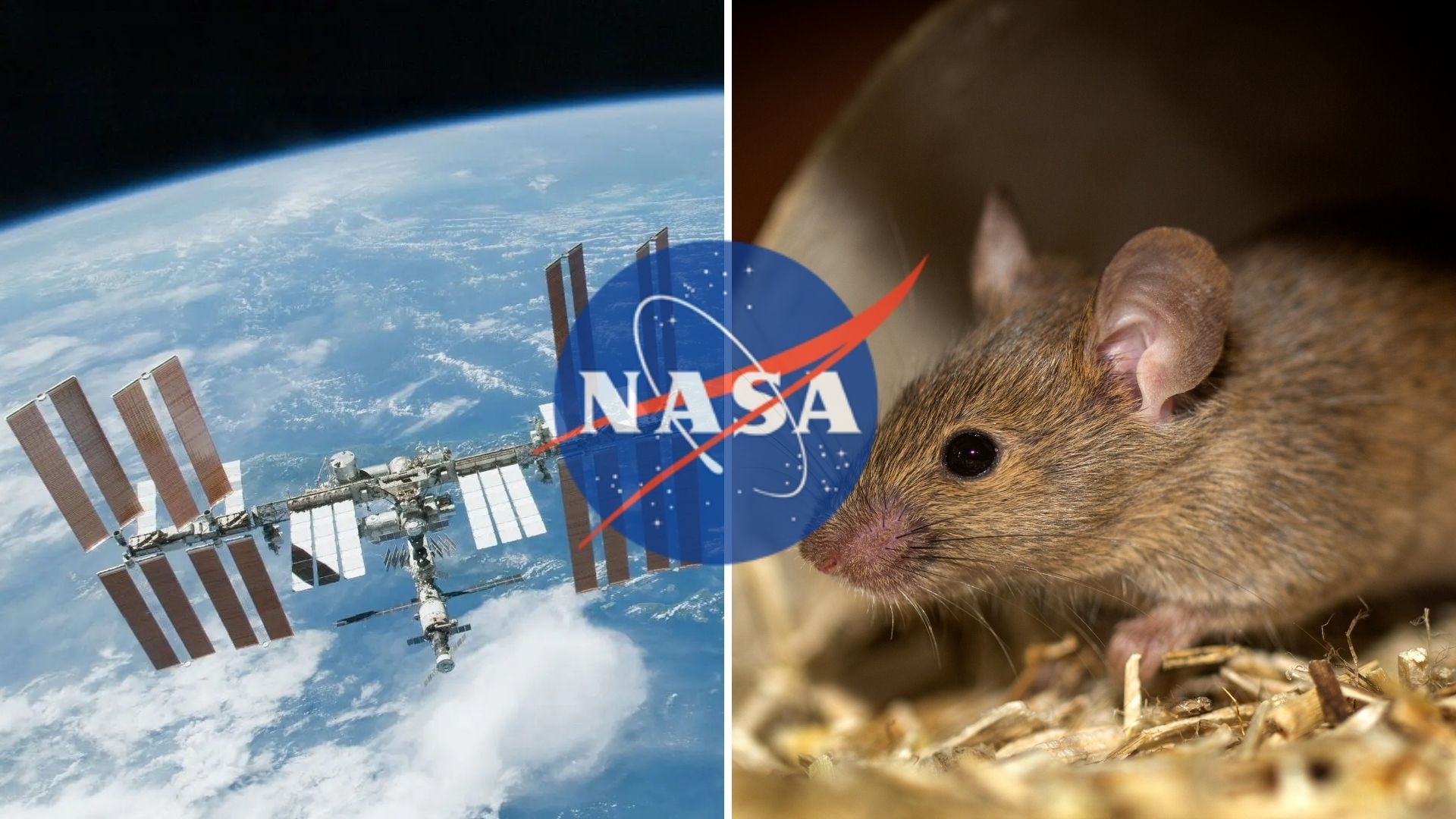
Spherex can observe the sky with the minimum detail
The Spherex telescope is able to observe the sky in 102 wavelengths, being undetectable for the human eye. Also, through the spectroscopy technique, this instrument separates the light in wavelengths to reveal diverse information about cosmic sources, determine the distance to a distant distance, measure the collective brightness of all galaxies and reveal the composition of the objects.
NASA adds that “the Spherex mission will make more than 9 million observations of interstellar clouds in the Milky Way, mapping these materials throughout the galaxy and helping scientists understand how different conditions can affect the chemistry that produced many of the compounds that are found today on earth. “
Sign up to us newsletter And receive the latest news about technology in your mail.

